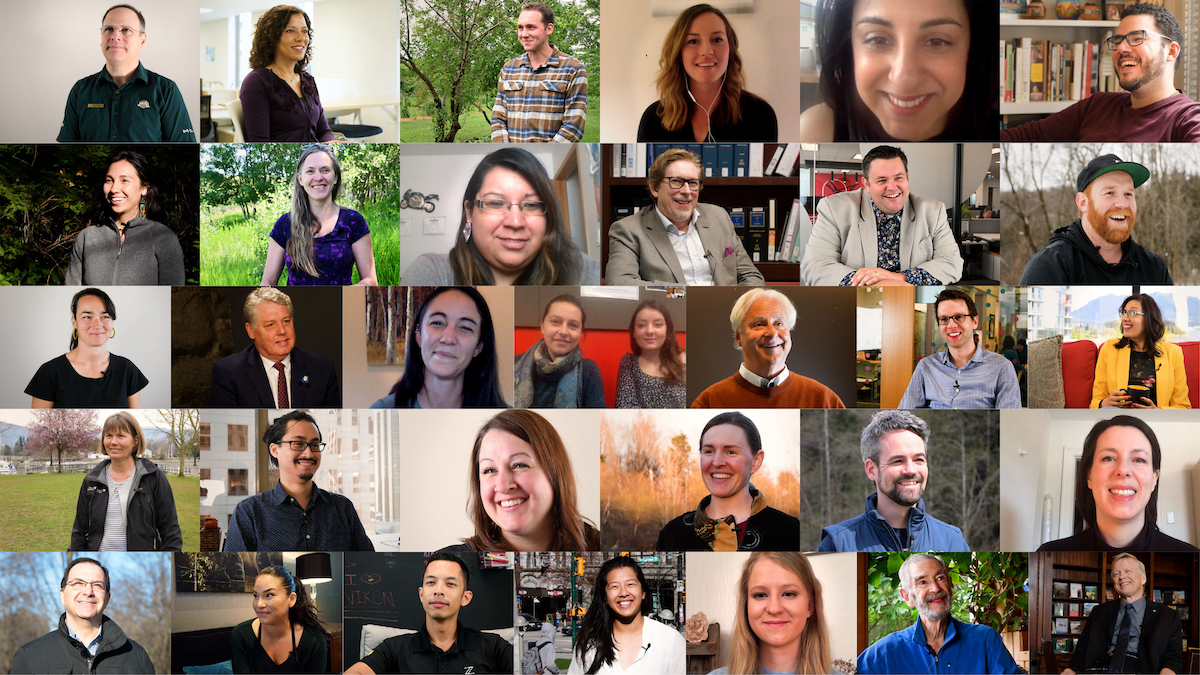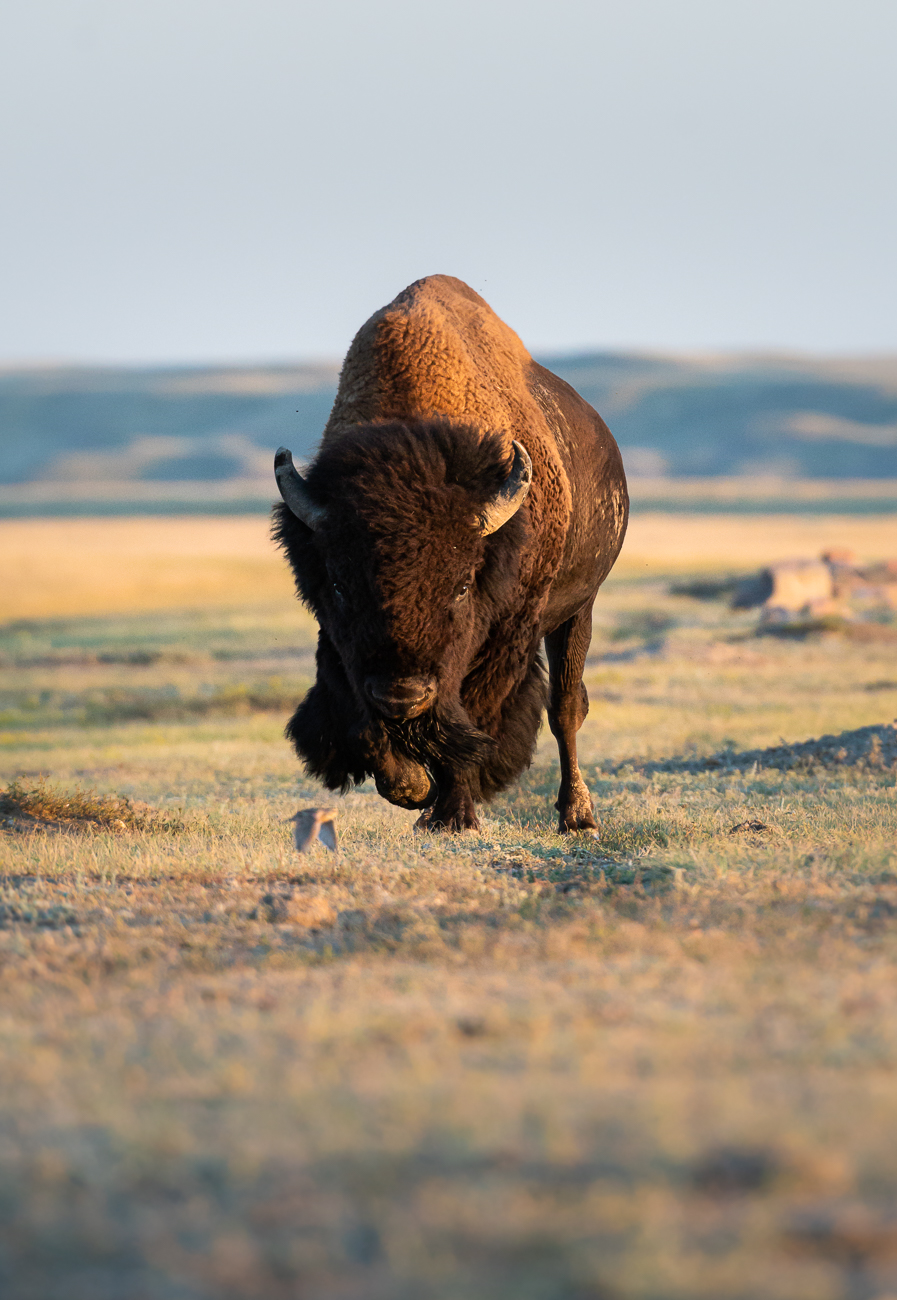The System of Things
Chapter One
What does leadership look like?
A prime minster? Sure.
An elder? Of course.
A CEO? Yup.
The founder of an organization? Absolutely.
But leadership also looks like a trailblazer. An innovator. An author. A small business owner. A fisher. An engineer. An emerging scientist. An advocate. A community builder. An urban planner. A farmer. An artist. A manager of a company. An employee of a company. A volunteer. A student.
Which brings us to the problem with our definition of leadership: Often it’s too narrow; too rigid.
You see, leadership isn’t simply about holding maximum power. It’s also about leading by example. It’s about not being afraid to try. It’s about thinking critically and acting boldly.
Leaders, in other words, are anyone and everyone who has a dream and works to make it so.
And yet no matter the leader, each poses a set of skills that help them excel, right financial executive Mohnish Kamat?
“What I think is important is focus.”
And that’s not the only skill that matters. The key to award-winning scientist Isabella O’Brien’s leadership? “Being willing to look for answers.”
What also helps? Michelle Valberg – one of Canada’s most successful visual storytellers – argues good leaders must “believe in themselves. And really work hard. And not give up.”
Indeed, those are all skills we most commonly associate with leadership.
But just as we need to re-imagine who is a leader, we also need to reimagine the skills required to lead, argues the leader of the Cumming School of Medicine, Dr. Aleem Bharwani.
“Humility. Curiosity. Respect for difference. These are foundational.”
Business leader Hal Kvisle agrees, but adds, “Maybe the most important thing is to learn how to learn new things.”
Indeed, that’s how real leaders put Aleem’s advice into action. It’s also how leaders learn from age-old wisdom and use it to address new challenges in new ways. After all, as community builder Shianne McKay explains, real leadership is “people thinking seven generations ahead from where they are now and planning for a sustainable future.”
Canada’s leading fundraiser Paul McIntyer-Royston concurs, telling us that it’s big, bold, long-term thinking that allows leaders to succeed, “If you’re trying to build something, or launch of project, or raise a pile of money, people get more inspired the bigger and bolder you are. Now you have to come across and be authentic about it, and passionate about it. It has to be real; it can’t be forced. You can’t have this fake goal that you’re just trying to reach. It has to be, ‘if we do this, if we achieve this mega thing, then all these other things happen as well’. Even if you don’t achieve that goal, you sort of ladder up to almost there. Aim for Jupiter and you might just reach the moon, or the stars, or Mars. And you’re often the first person to do that because no one else would have the tenacity, the courage, to actually reach that far.”
To do just that? Dev Aujla, who has written books on leadership, says, “It can’t be said enough: try something, take the first step.”
Global National anchor Dawna Friesen is a leader and covers leaders. She adds, “Have courage, but also have perseverance. They go in tandem.”
Absolutely. Because, as Dev articulates, good leaders know that perseverance isn’t just required to achieve a goal, but also to uncover the goal we want to achieve, Dev Aujla reminds us.
“You take the step to make the first step. You write it down. You don’t miss it. Because we may have had that idea, but you don’t all of a sudden rise to the occasion for that perfect idea, then jump and run. No! You need to be jumping and running with all the little ideas along the way. And the ones that stick around are the ones you end up seeing on people’s Ted Talks.”
Canada’s leading angel investor, Randall Howard, agrees.
“Some people in high school have a big dream to transform the world; some people have a smaller dream, just to get to the next thing – to learn something, to do something new. In both cases, it’s that sort of inquiring mentality and ability to act on it (that matters). It’s one thing to do the reading and do the research, but the ability to act on it and do something about it is what’s critical across all personality types.”
Randall continues, “It’s a very different kind of leadership than the military where someone gives orders and someone does something. This is almost leadership by example where you’re showing, ‘I can do things’.”
Randall answers your inevitable question.
“Who should be your boss in that? It should be you. You should have the self-confidence to do that. And I know it’s sometimes hard; I know in high school people are discovering who they are and so sometimes that’s not there. But finding ways to have some belief in who you are is a really good foundation on which to do that inquiry and discover your real potential.”
That confidence? Leading non-profit innovator Karen Kun says it begins with being able to answer these questions:
“Who are you? Who are you culturally? Who are you in terms of your values? Who are you in terms of who you envision being? And who do you look up to?”
However, to lead, it’s not only about listening to yourself, it’s also about listening to others, says Janet Austin, who long-served as BC’s Lieutenant Governor, the province’s head-of-state.
“When you’re in a leadership position, I think that you find very often people will tell you what they think you want to hear, not necessarily what they think. And if you allow that to happen, you’re only ever speaking to yourself.”
It’s why youth advocate and historian Dr. Jane Thompson, who leads Canada’s longest running and most prestigious scholarship for emerging leaders, argues “a huge part of leadership is listening to the people on the ground and empowering people on the ground. Find ways to motivate people around you, not by dragging them after you, but by really lighting a fire inside of them. To me, that’s leadership.”
According to movement builder Jon Mobeck, it’s why good leaders aren’t just good listeners, but they’re patient as well.
“Take the time to evaluate what other people have said, or what a situation is looking like, and be very thoughtful and strategic. And you can only do that from a place of patience, in my mind.”
Marie-Eve Marchand led the reintroduction of bison back to Banff National Park. She agrees with Jon.
“There’s place and there’s time. And sometimes you’re at the right place, but it’s the wrong time. And sometimes it’s the right timing, but you’re at the wrong place. And finding a balance between that in life is a big challenge, but if you want to be a social innovator, it’s all about finding the time and the place.”
Knowing that’s necessary? Knowing how to strike that right balance between being patient and acting boldly? It can seem daunting.
Actually, all of this can seem daunting. It’s why we often assume only some people can lead.
But futurist and adviser to leaders Jim Bottomley tell us, “No one has it all. All the leaders I’ve talked to have fears. We all have fears. We’re all human beings.”
And rising leader Myia Antone agrees, adding, “I used to live from a place of fear. I think growing up with a lot of different traumatic situations? Fear was how I protected myself. But, in reality, to really make a difference, and to form these relationships and connections with people, you have to step out of your comfort zone.”
It’s why Mark Miller, one of Canada’s leading TV producers, says, “society doesn’t want you to do those things. So, it’s you that has to push through that. It’s almost like this callus of fear that surrounds our society and we have to push through that.”
And we can push through the shroud of fear when we remember that we’re the bosses of our lives. We decide what we say and do – what we don’t say and don’t do. That, in turn, shapes the story of our society.
And guess what? To shape society’s story? That’s a form of leadership. And that means, in ways big and small, we’re all leaders in our own way.
But because we wrongly equate leadership to equaling power and maximum authority, we don’t always seize on our ability to lead. So, maybe we need a new word for what we’re all truly capable of doing.
“We need to shift our language from leadership to change making.”
Ilona Dougherty is a change-maker, having co-founded Apathy is Boring. She explains, in the traditional sense, “not everybody is going to be a leader. But everybody has the ability to use their own life experience to solve a problem.”
Ilona tells us, think about it this way:
“It’s not just about entrepreneurship; it can be about intrapreneurship. It can be about changing organizations – the culture of an organization. It can be about changing your family.”
And that’s why Ilona argues, “I think we really need to shift our understanding of what we’re aiming for, and go from this idea of leadership to this idea of change making.”
So, forget the word leadership. Forget our narrow definitions of what leadership is and the traditional paths required to become a leader in the traditional sense. Instead?
“Be passionate. That’s the most important thing. Be passionate about the world that you’re in.”
Exactly, producer Mark Miller.
And in finding your passion and exploring your curiosity, as change-maker Barbara Cartwright adds, remember that “if you care about something, live like it matters to you. Make sure you design your life to be an example for how we can live.”
That’s not just the recipe for a better balance between people and nature; it’s also the recipe for a life of meaning.




